MACollum
TPF Noob!
- Joined
- Dec 13, 2006
- Messages
- 405
- Reaction score
- 1
- Location
- Oklahoma
- Can others edit my Photos
- Photos OK to edit
It seems so straightforward, but I don't understand about contrast. I know what the word means but I'm not sure I know how it relates to photos. If an image has a lot of contrast does this just mean that everything doesn't blend together to the eye and that the subject is distinct from the background? Is high contrast something to strive for or does it really just depend on the look you're going for in a particular photo?




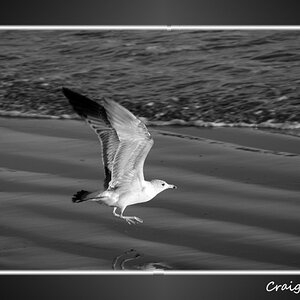
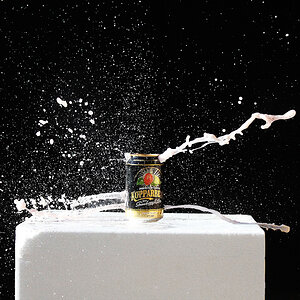

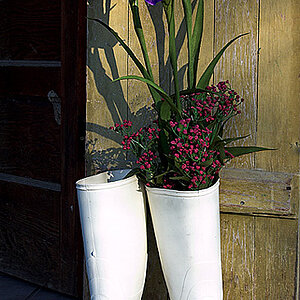
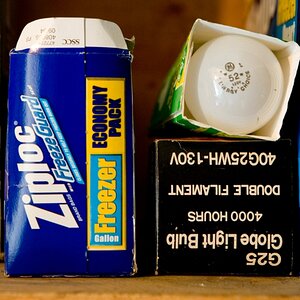
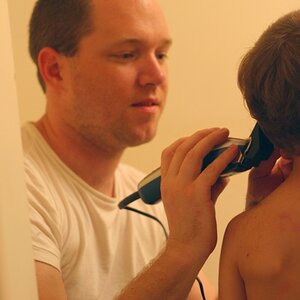
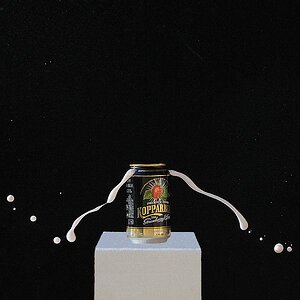
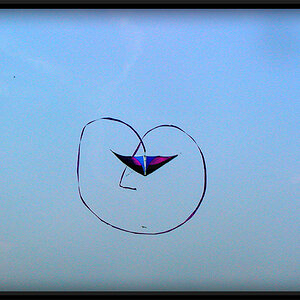
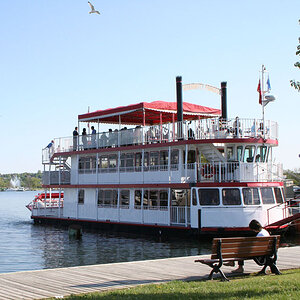
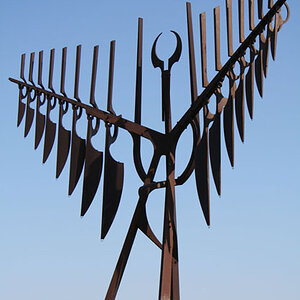
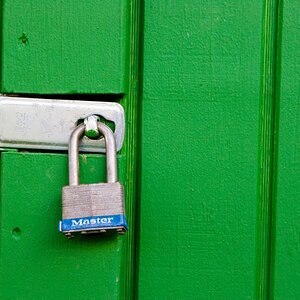
![[No title]](/data/xfmg/thumbnail/1/1592-cfae4a7ea791f96c6e2d03484be2e454.jpg?1619729144)